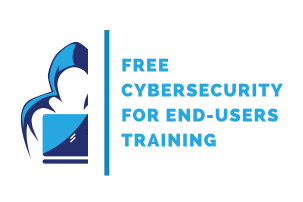
Certified Network Defender (CNDv3) (EC6156)

The Certified Network Defender (CNDv3) course is a vendor-neutral, hands-on, instructor-led comprehensive network security certification training program. It is a skills-based, lab intensive program based on a job-task analysis and cybersecurity education framework by the National Initiative of Cybersecurity Education (NICE). The course has also been mapped to global job roles and to the Department of Defense (DoD) job roles for system/network administrators.
The program prepares network administrators on network security technologies and operations to attain Defense-in-Depth network security preparedness. It covers the protect, detect and respond approach to network security. The course contains hands-on labs, based on major network security tools and techniques which will provide network administrators real world expertise on current network security technologies and operations. The study-kit provides over 10 GB of network security best practices, assessments and protection tools. The kit also contains templates for various network policies and white papers for additional learning.
The Certified Network Defender training is the first course of a series of trainings on offensive security. It is a direct preparation to the CNDv3 exam and a recommended training to take before attending the Certified Ethical Hacker course.

Download our CNDv3 brochure to get all the details of this exclusive training!
Public class
4395$
Duration:
5 days / 35 hours
Private class
Virtual classroom
5
5 days / 35 hours
Price on request
English or French
Contact us for more information on pricing::
Eccentrix
Office: 1-888-718-9732
E-mail: info@eccentrix.ca
130, King Street West, Suite 1800
Toronto, Ontario M5X 1E3
www.eccentrix.ca






